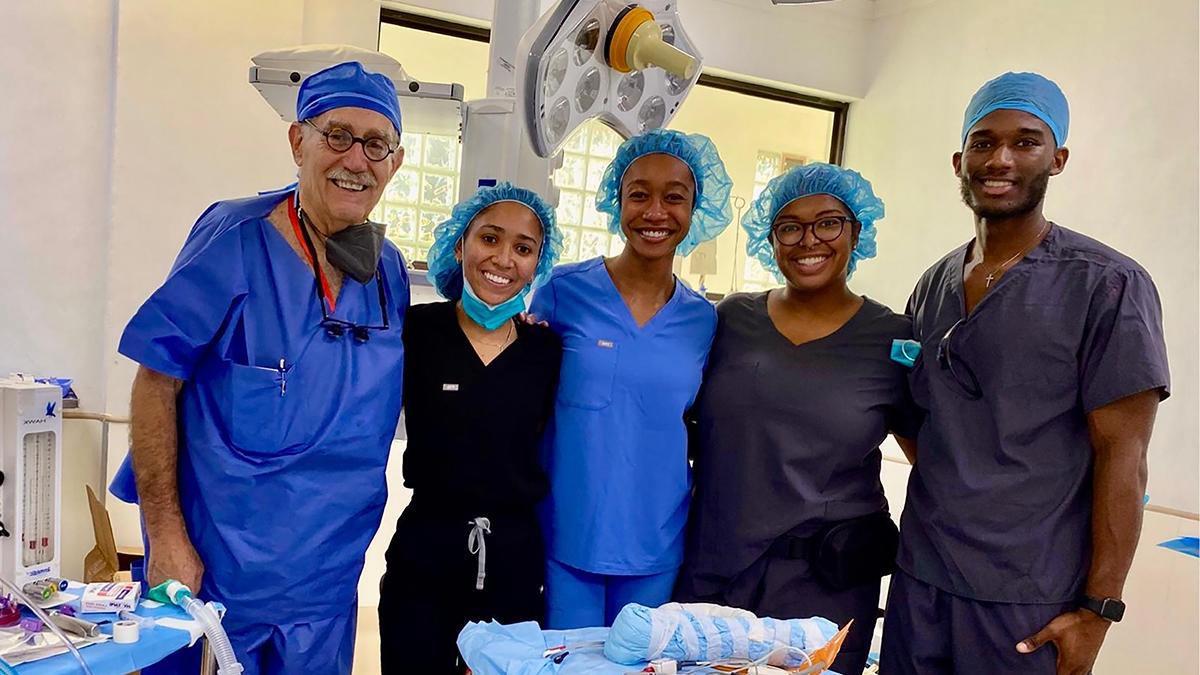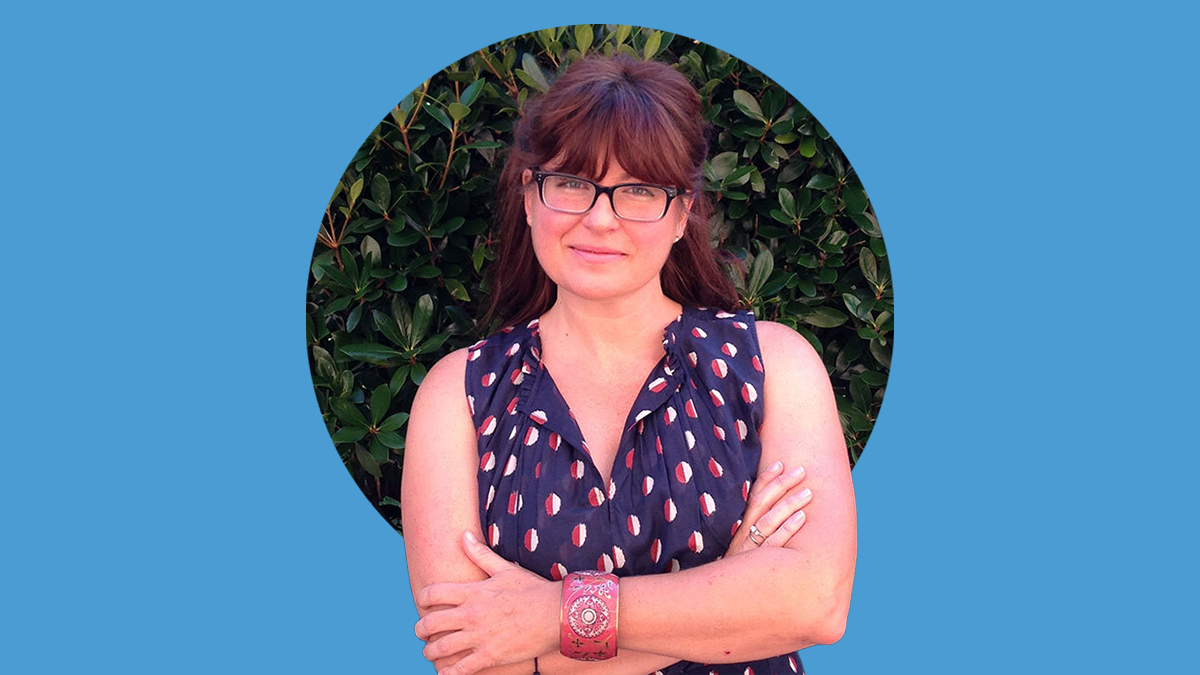Doctoral research addresses natural hazards Down East
City and regional planning scholar James P. Collins talked to residents about chronic coastal flooding.

James P. Collins will never forget the night he boarded a working shrimp boat on Adams Creek, a tributary of the Neuse River in northern Carteret County. The captain put down his nets for about 15 minutes, then pulled up over 6,000 pounds of shrimp.
“We spent the next five or six hours picking through shrimp — the whole deck was covered,” he said. “I really got a sense of why commercial fishing comes up so often in local conversations and why people want to continue to make a living that way.”
Collins, a doctoral student in city and regional planning, spent the summer in the coastal communities east of Beaufort in Carteret County known as “Down East.” He interviewed residents about the chronic coastal flooding that happens outside of major storm events — also known as “sunny day” or high-tide flooding. With local sea-level rise, sinking land and development increasing in coastal areas, the frequency of flooding along low-lying properties and roadways is also growing.
Collins conducted research through the Sunny Day Flooding Project, a joint effort between UNC-Chapel Hill and NC State University. The project team is measuring and modeling flooding to better understand the impact on the economy and critical infrastructure of coastal communities. His adviser is Miyuki Hino, assistant professor of city and regional planning in UNC’s College of Arts and Sciences.
A network of real-time sensors is measuring the capacity of drainage infrastructure and the extent of flooding along roadways Down East and in Beaufort, New Bern and Carolina Beach.
Collins is contributing to the project through qualitative research. He worked with Karen Amspacher, a Down East native and executive director of the Core Sound Waterfowl Museum and Heritage Center on Harkers Island, who was instrumental in making connections with the community.
“We talked to residents and also local experts in education and agriculture and emergency [management],” Collins said. “The project team will use the interviews we have conducted to contextualize and interpret those model outputs in a way that is meaningful to the folks who live and work here. This in-depth information helps address the question: If the frequency of flooding intensifies, what are the impacts on critical aspects of livability?”

Drivers avoid sunny day flooding during high tide in Davis after a series of heavy rains and strong winds. The Sunny Day Flooding Project’s camera sensor can be seen halfway up the leftmost utility pole. (photo by James P. Collins)
As an environmental social scientist, geographer and community-engaged researcher, Collins’ work more broadly examines how communities respond to emerging natural hazards. His research is also affiliated with the UNC Flood Hydrology and Hazards Lab and the Carolinas Collaborative on Climate, Health and Equity.
“I can’t imagine doing research about natural hazards and sea-level rise that doesn’t have some kind of community component,” he said. “And I think that’s what research universities are here for — to serve communities and help connect them to places facing similar challenges to create new ways to address those problems.”
Collins has participated in a flood mitigation planning workshop with community members in Carolina Beach, and plans are underway for future workshops Down East.
Before coming to Carolina for his doctoral studies, Collins worked with the City of Austin in Texas, the National Park Service and the Nature Conservancy. He received bachelor’s degrees in environmental science and government from the University of Texas at Austin.
Although oak-juniper canyonlands, the landscape of central Texas, will always be home, Collins hopes his connection to North Carolina’s coastal communities will continue.
“This summer we gained a real sense of place Down East and an understanding of people’s livelihoods, lived experiences, history and culture.”







